If you are cold - Tea will warm you
If you are depressed - Tea will cheer you
If you are heated - Tea will cool you
If you are excited - Tea will calm you
SunUp Tea
If you are depressed - Tea will cheer you
If you are heated - Tea will cool you
If you are excited - Tea will calm you
SunUp Tea
We all love our cup of tea in Ireland but do we really know how far our favourite drink travels?
Look closely at the box of tea bags at home and find out what country those tea leaves come from.
Look closely at the box of tea bags at home and find out what country those tea leaves come from.
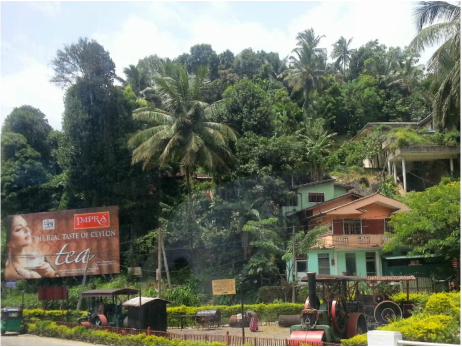
Read the billboard: The Real Taste of Ceylon
Tea
Sri Lanka was called Ceylon until 1972. In fact it was known as a variety of names down through the years before the country achieved full independence. Read all about it here.
Tea
Sri Lanka was called Ceylon until 1972. In fact it was known as a variety of names down through the years before the country achieved full independence. Read all about it here.
Travelling through Sri Lanka on our Intrepid tour our guide pointed out many tea plantations along the way.
If you look closely you can see that the tea plants or bushes are sown in rows. This is to allow the workers to walk in between the bushes to pick the tea leaves.
The top two leaves and their bud is picked. Most of the Sri Lankan tea is plucked by hand. There are machines available but the quality will not be as good. Unfortunately children are not as protected in Sri Lanka as in Ireland and the minimum wage for working on a tea plantation is 12. Most of the tea leaf pickers are women and children. Each day the tea picker has to pick 18kg of leaves for 500 rupees (€3.37). Many organisations and charities are working on behalf of tea pickers to improve their quality of life and conditions of work. The Geragama Tea Factory which is part of the Ceylon Estate claims to promote good practices and pay their workers fairly. An account from one of their pickers Saroja can be read here.
We visited the Geragama Estate on our tour. There didn't seem to be a specific car park! In fact cars are not very common in Sri Lanka. There is a huge import/customs tax to pay for cars. There are no car factories in Sri Lanka so all cars have to be imported. Try this calculator to get an idea of the percentage tax. Be ready for a nasty shock, some models of cars incur a whopping 200% customs duty!
The first stage of tea making is obviously the plucking. Stage 2 is the wilting. The leaves are emptied into a huge trough and the date and time is recorded. The leaves lose a quarter of their water content.
The tea then goes through a process of Rolling, Fermentation, Firing and Sorting. Read about this in detail here.
While the factory was roasting hot, with deafening noise, all the workers seemed quite happy. As you can see in the photo, they had hair nets and uniform/overalls.
The factory might fail many of Ireland's stringent safety standards, it seemed be be very organised and everyone knew what they were doing!
While the factory was roasting hot, with deafening noise, all the workers seemed quite happy. As you can see in the photo, they had hair nets and uniform/overalls.
The factory might fail many of Ireland's stringent safety standards, it seemed be be very organised and everyone knew what they were doing!
Welove our ordinary tea with milk but we know there are many types of tea. Some people like green tea, some prefer a flavoured tea. In the factory, amounts of drying/oxidation etc result in different varieties of tea.
Some of the most common blends are in the crate above.
If you look closely at your tea at home that you bought in the supermarket, you will find it is probably BOPF or black tea. An explanation of all the different teas can be found here.
The history of the Ceylon Tea is very interesting. Coffee was the principal crop of the country until the 1870's. The coffee crop failed and tea was planted as an alternative. In time, most of the coffee plantations and factories were converted to tea plantations.
And the best part of the tour.......
Some of the most common blends are in the crate above.
If you look closely at your tea at home that you bought in the supermarket, you will find it is probably BOPF or black tea. An explanation of all the different teas can be found here.
The history of the Ceylon Tea is very interesting. Coffee was the principal crop of the country until the 1870's. The coffee crop failed and tea was planted as an alternative. In time, most of the coffee plantations and factories were converted to tea plantations.
And the best part of the tour.......
....of course a refreshing cup of tea!

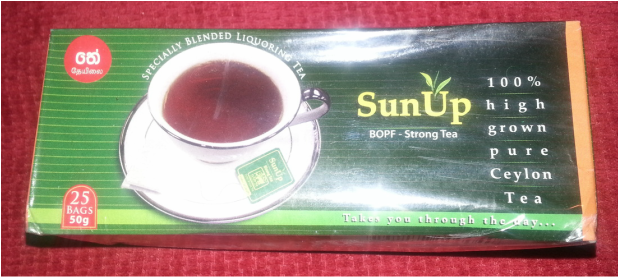
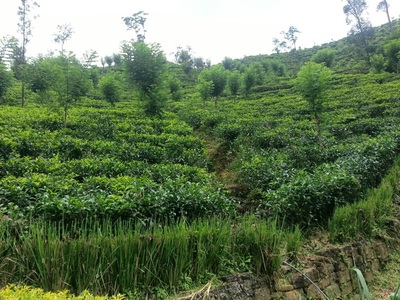
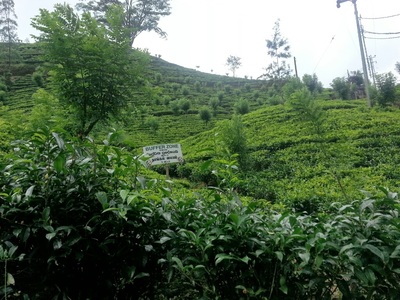
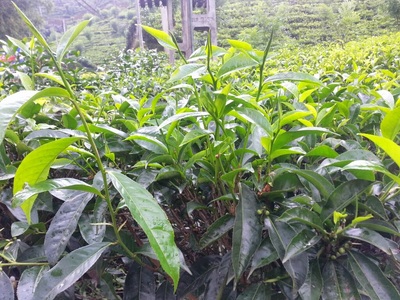
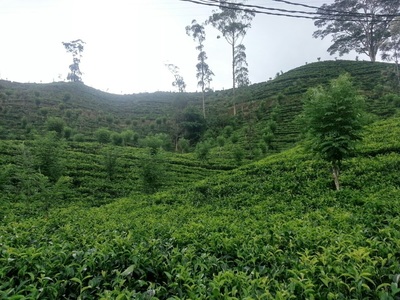
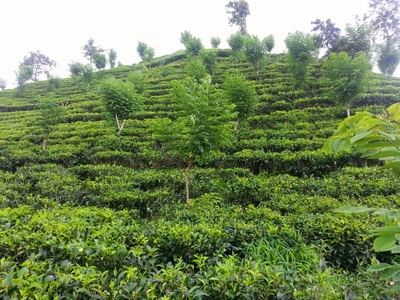
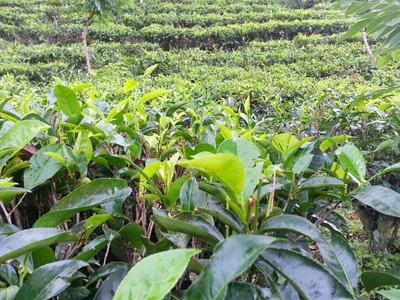
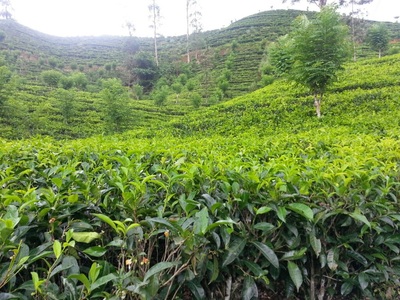
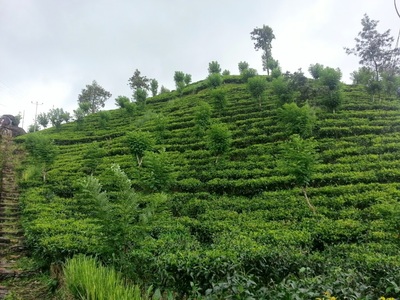
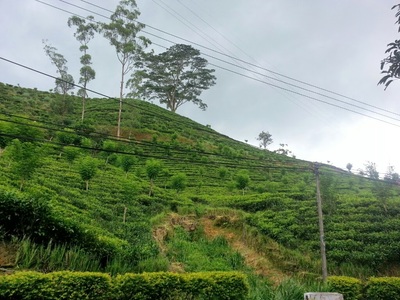
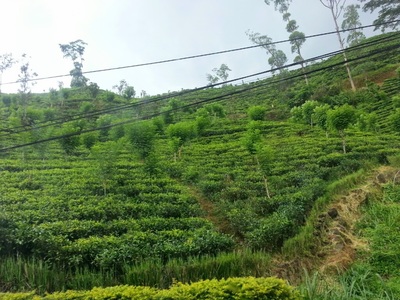
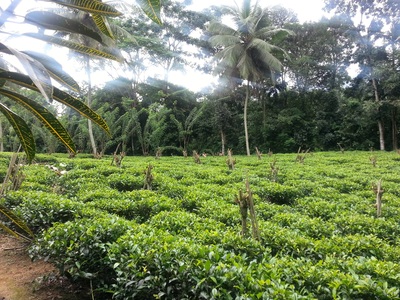
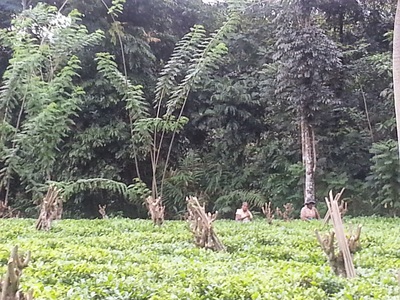
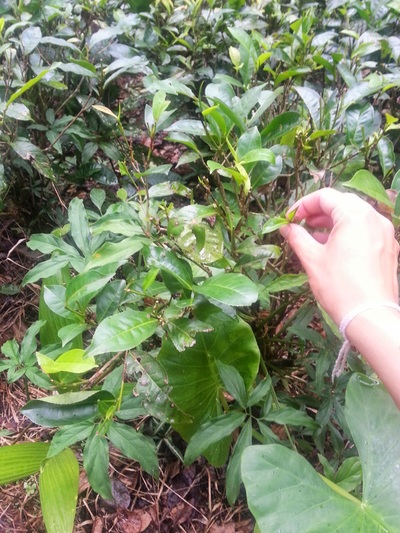
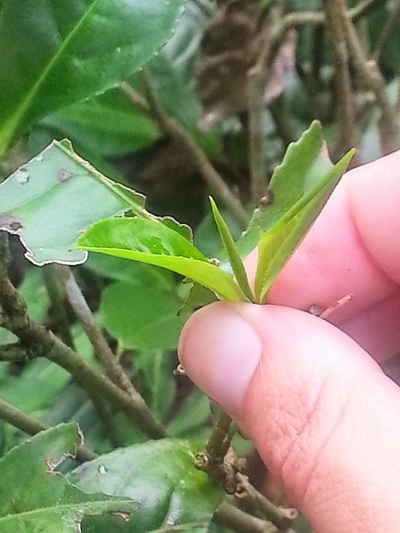
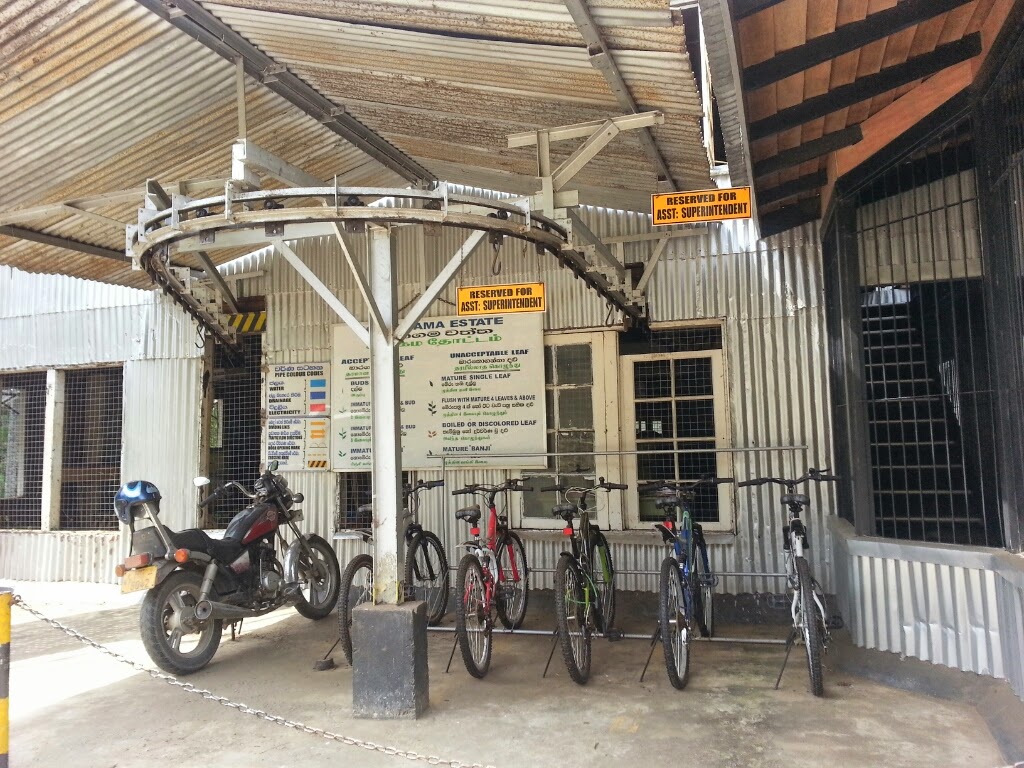
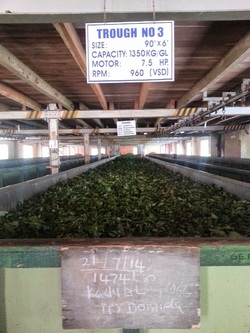
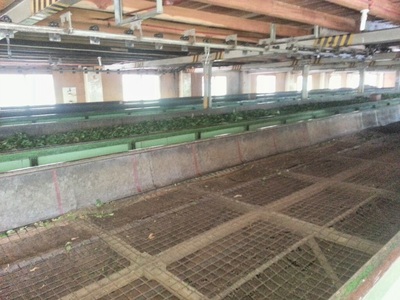
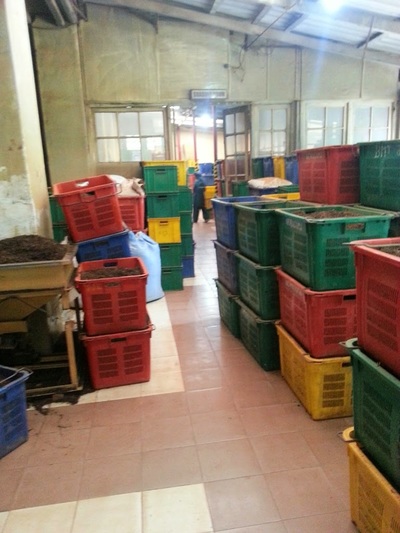
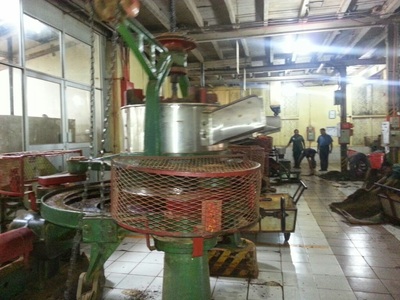
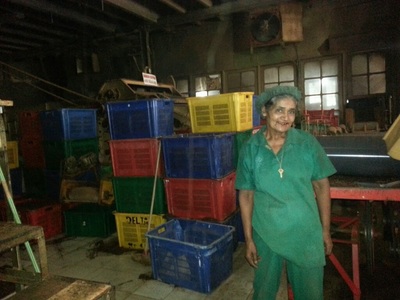
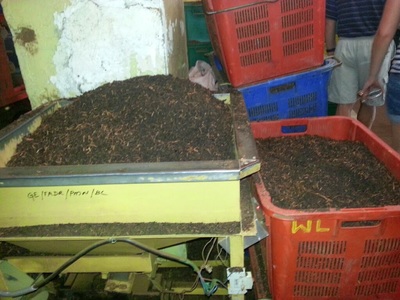
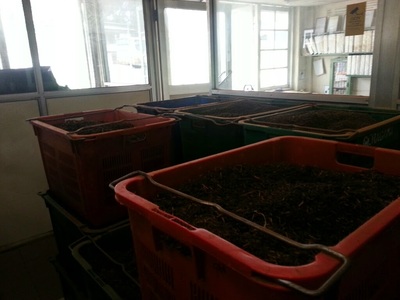
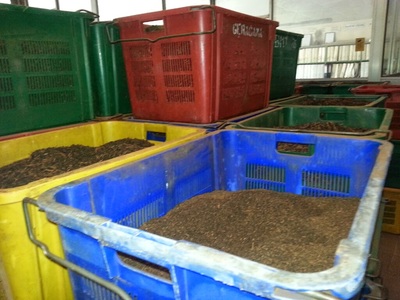
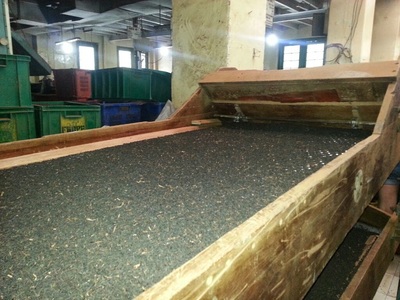
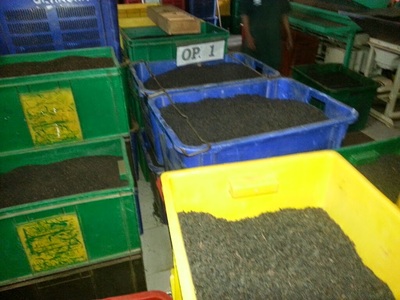
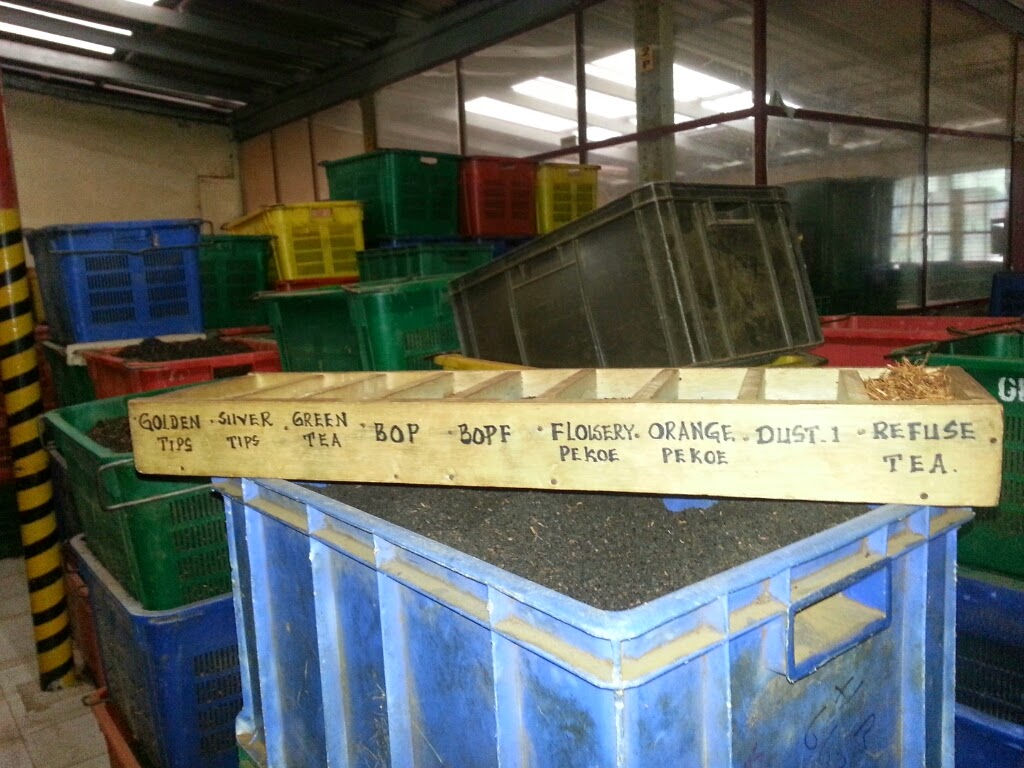
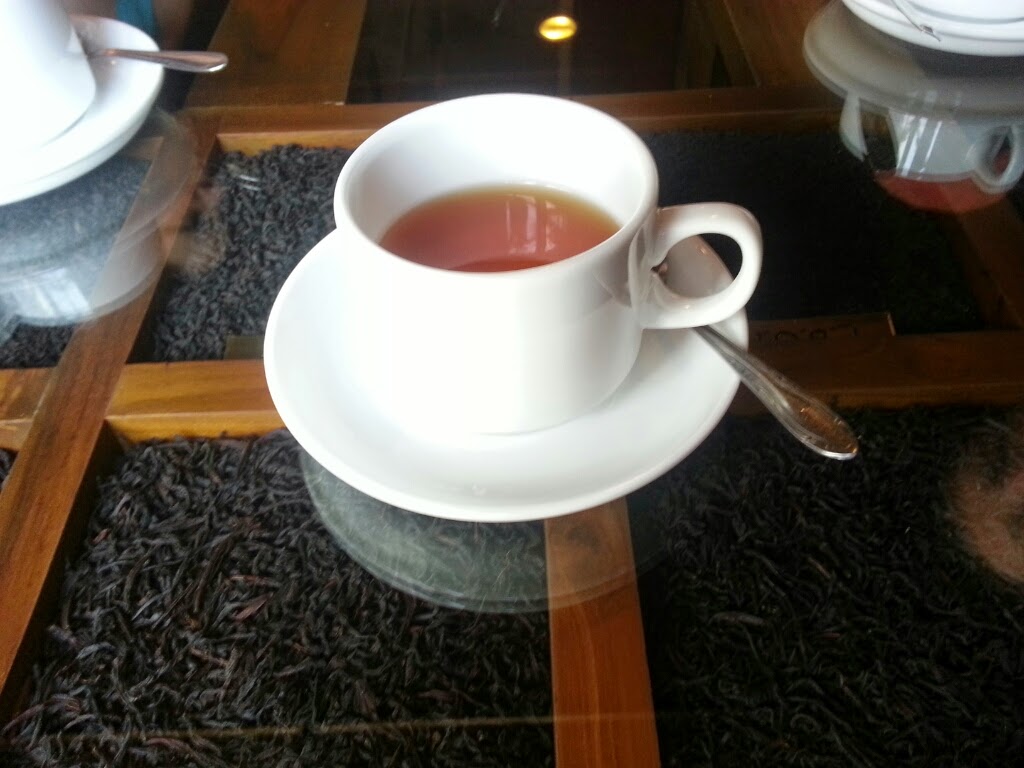
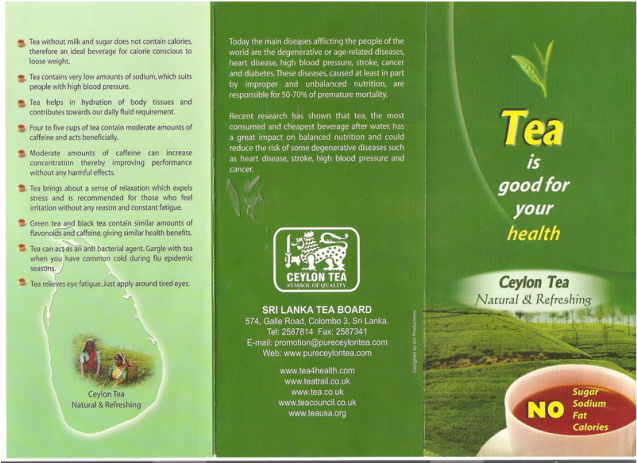
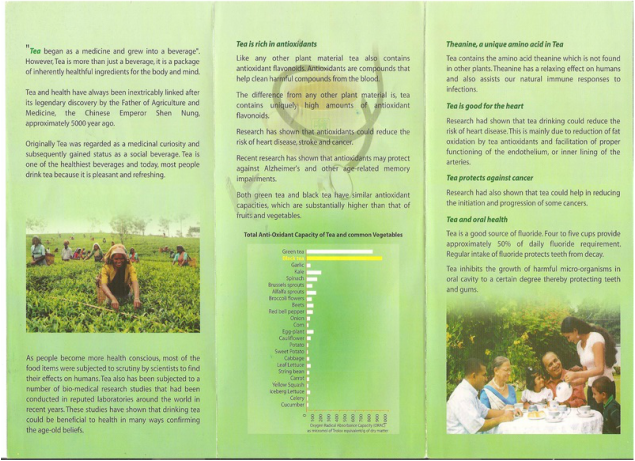
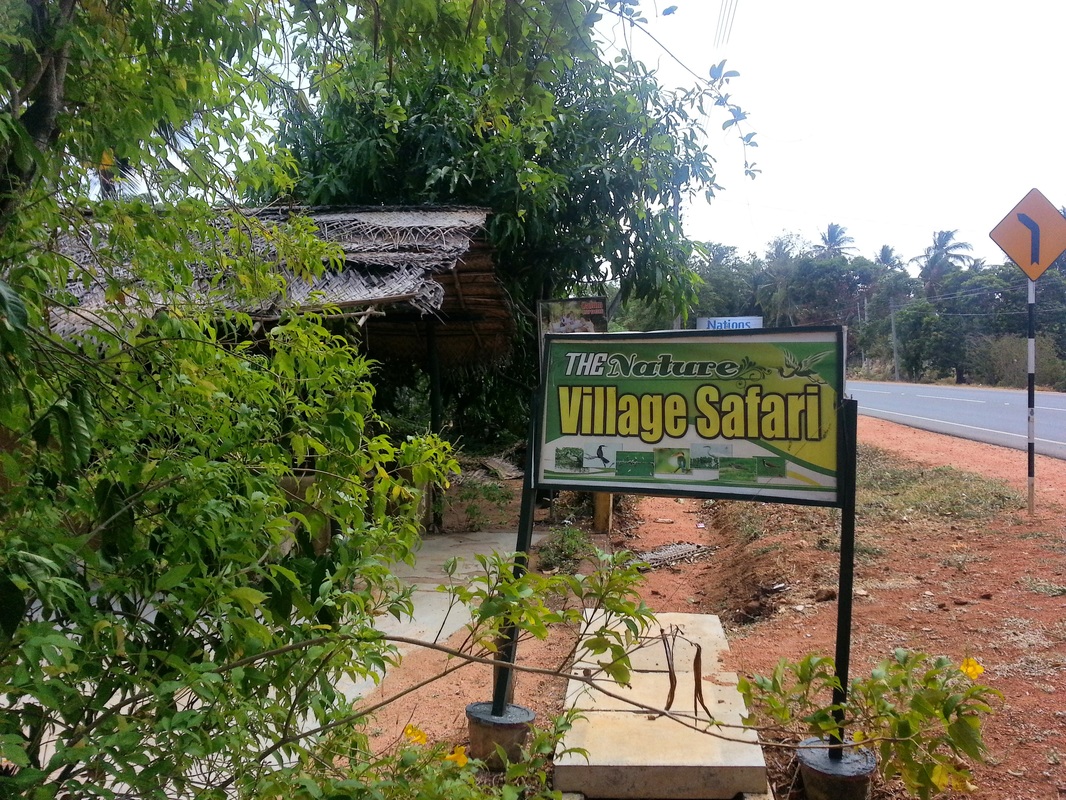
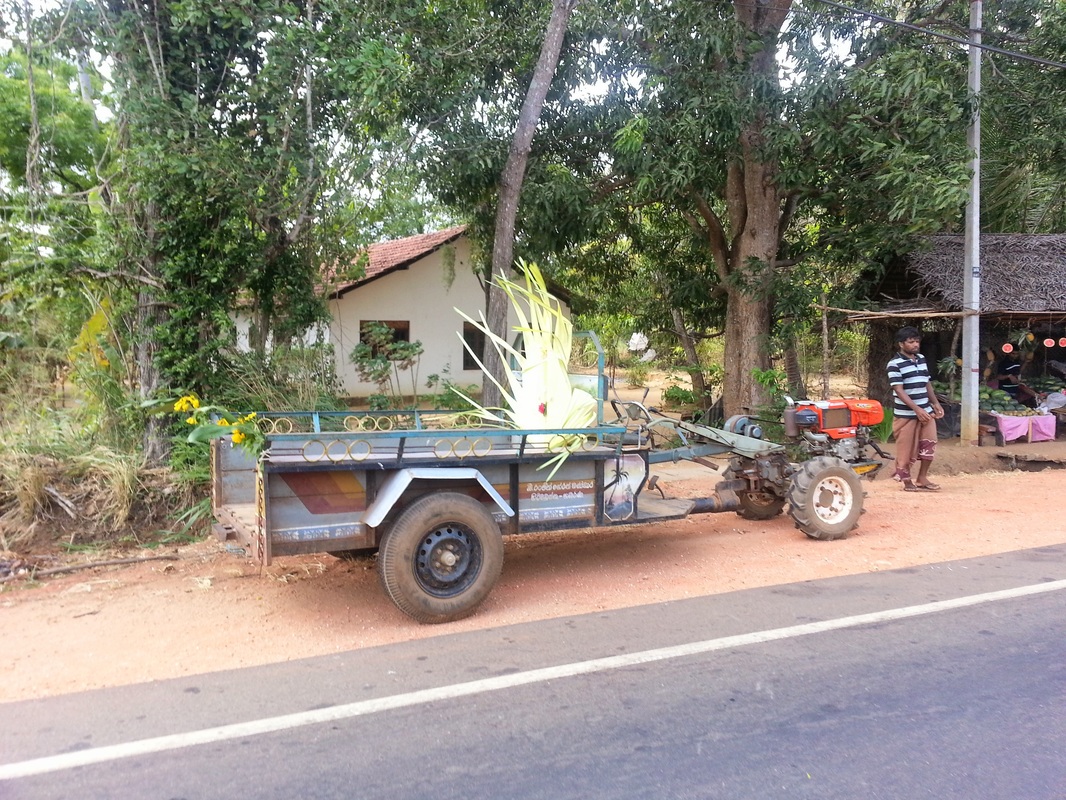
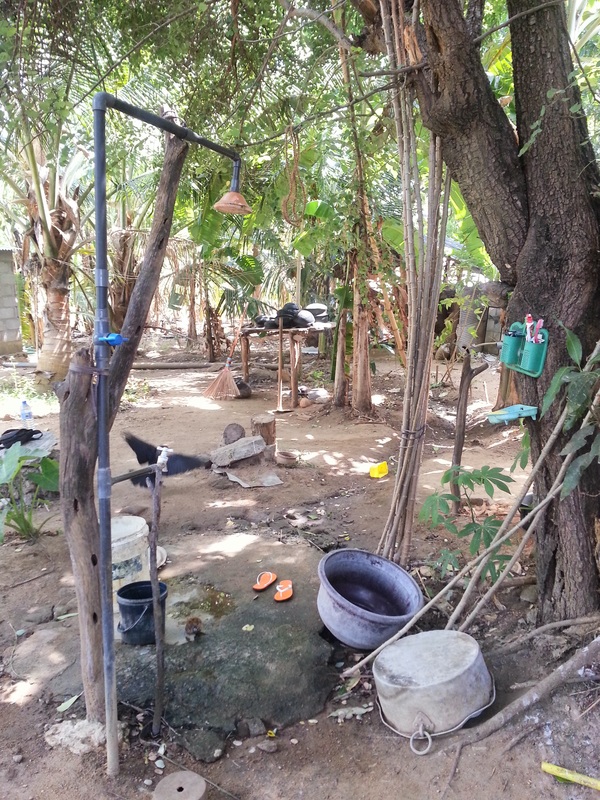
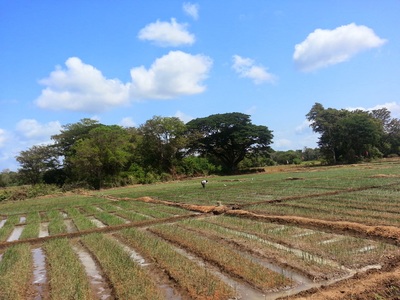
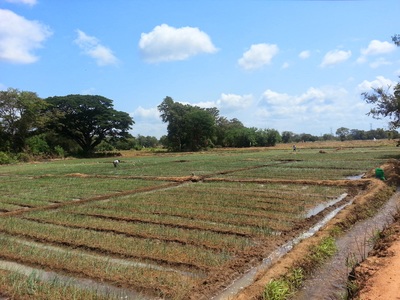
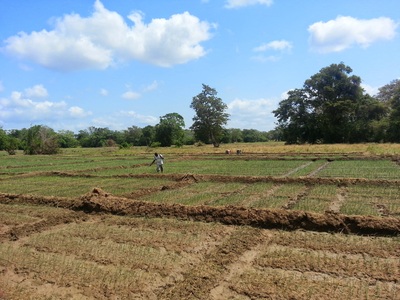
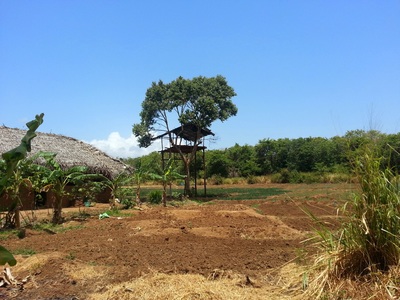
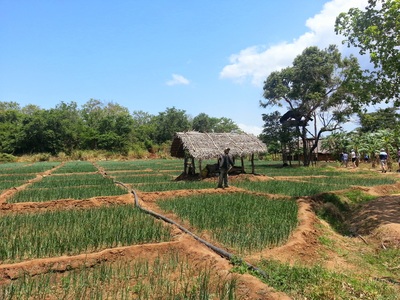
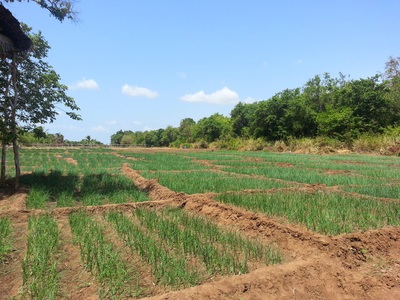
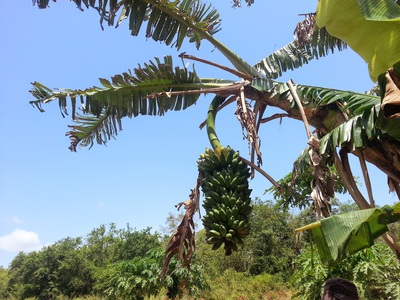
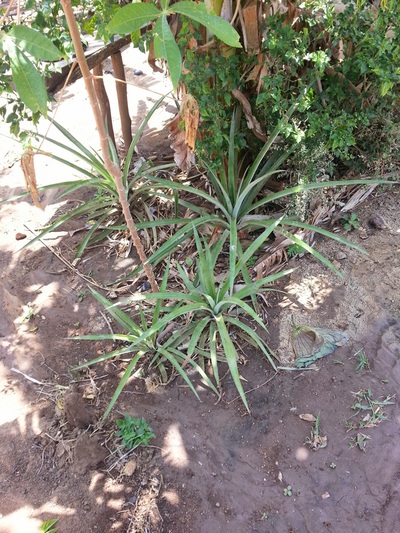
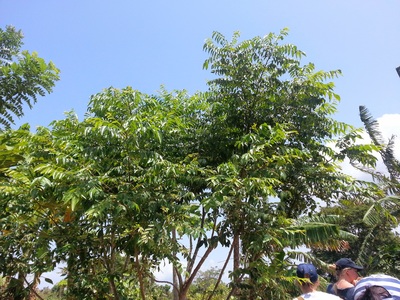
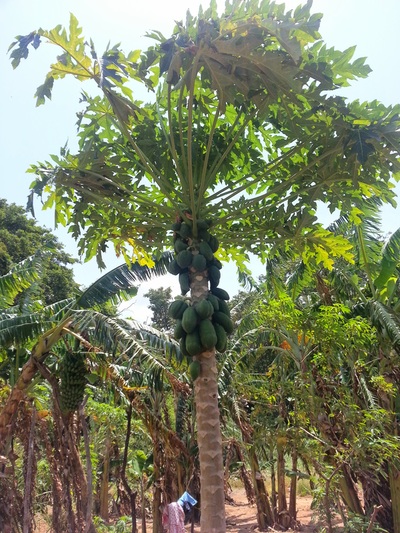
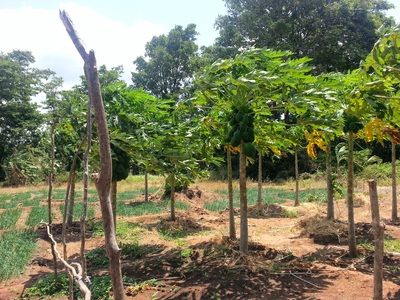
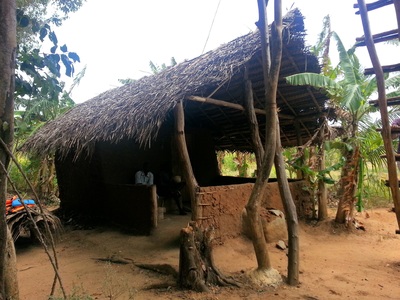
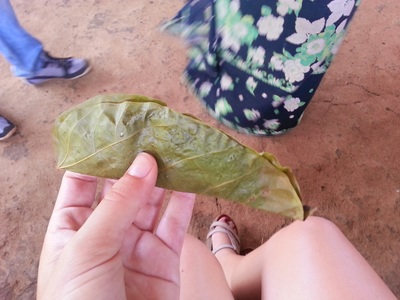
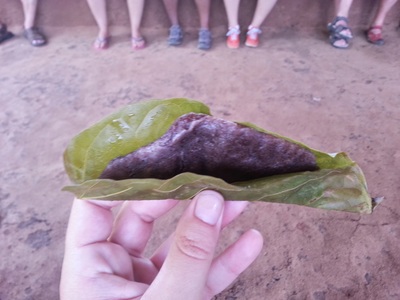
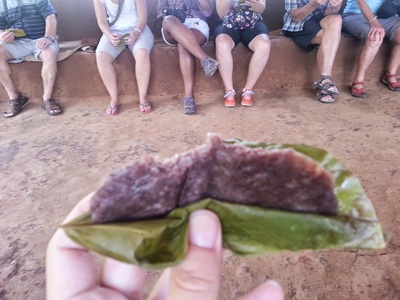
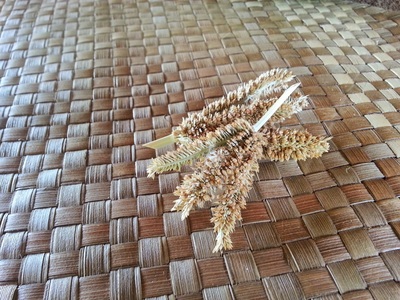
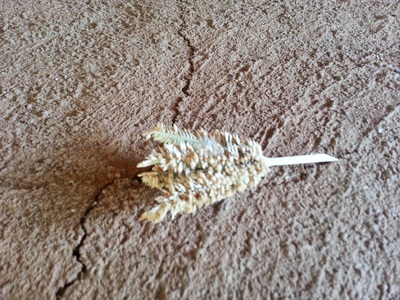
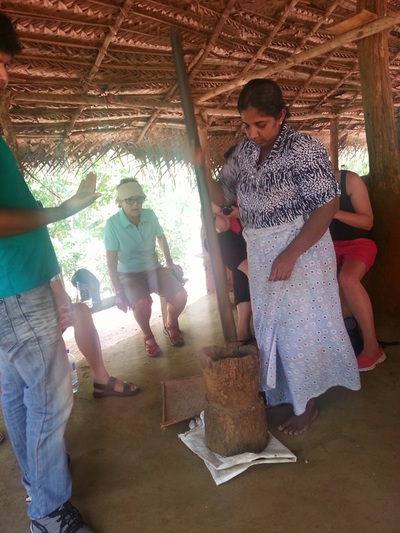
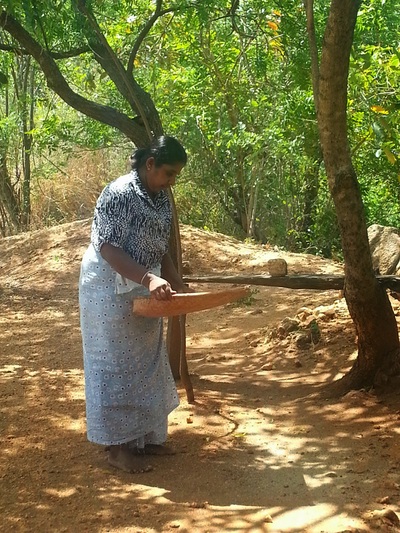
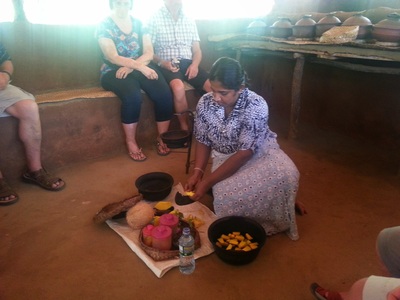
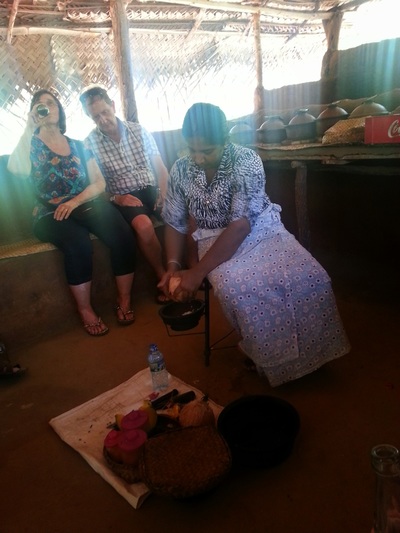
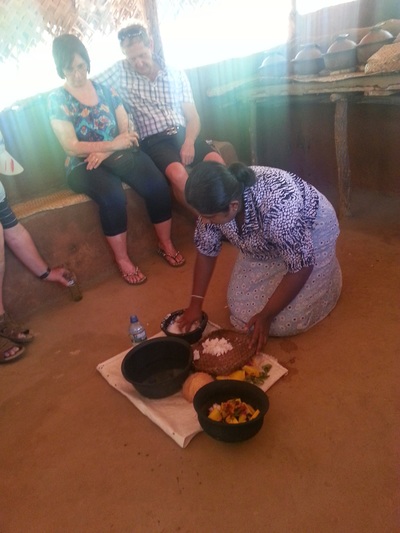
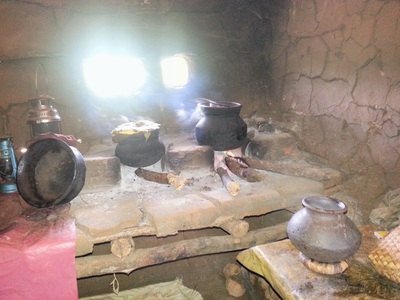
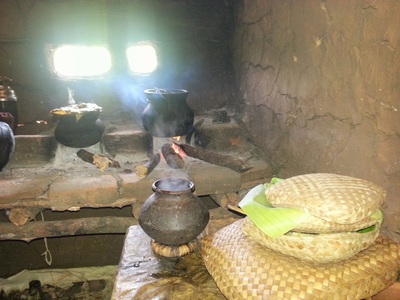
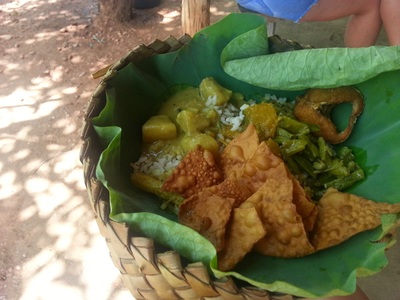
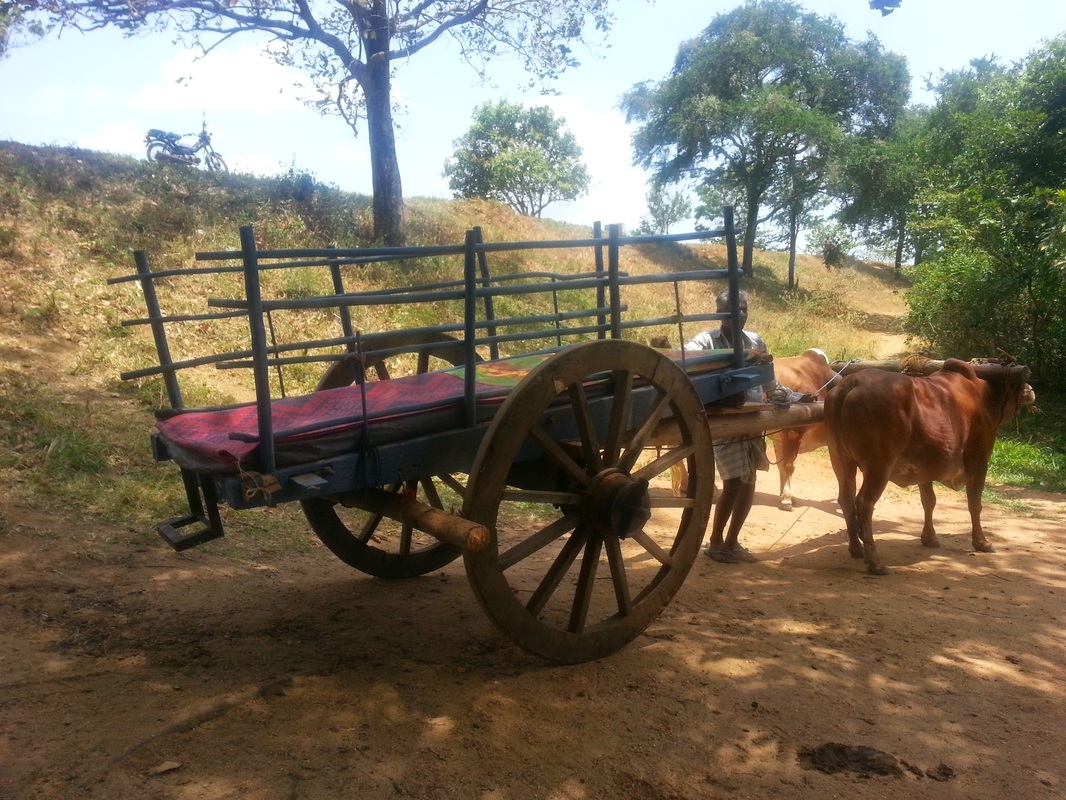
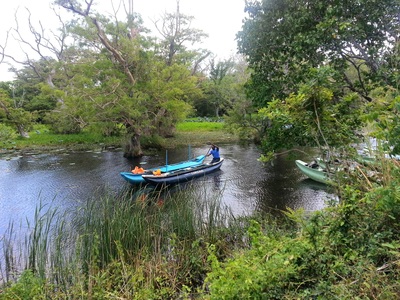
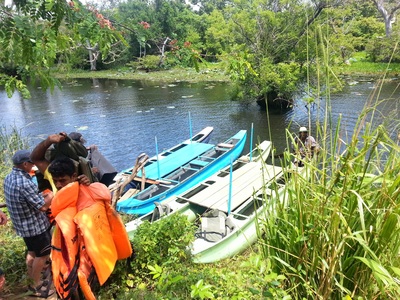
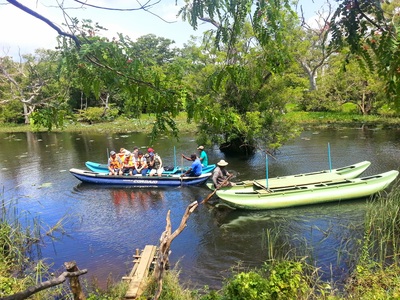
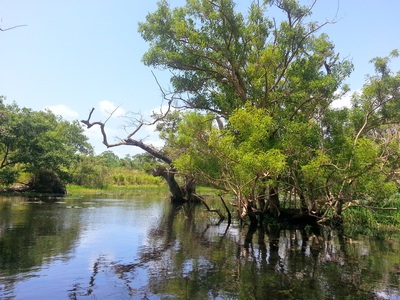
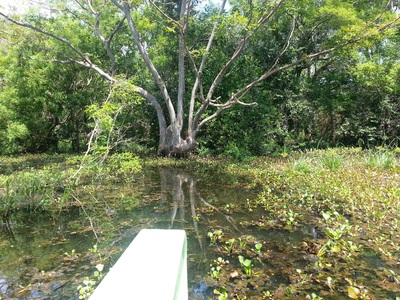
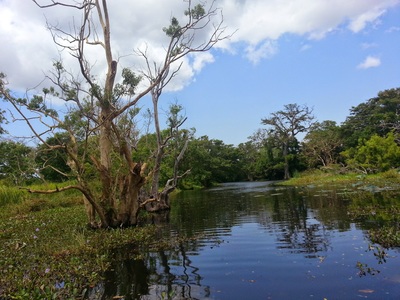
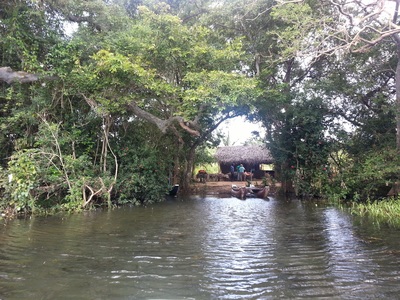
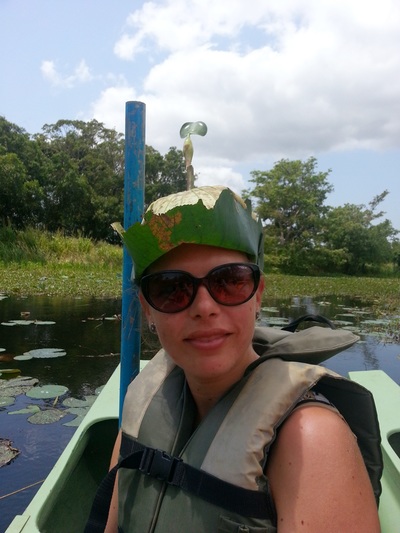
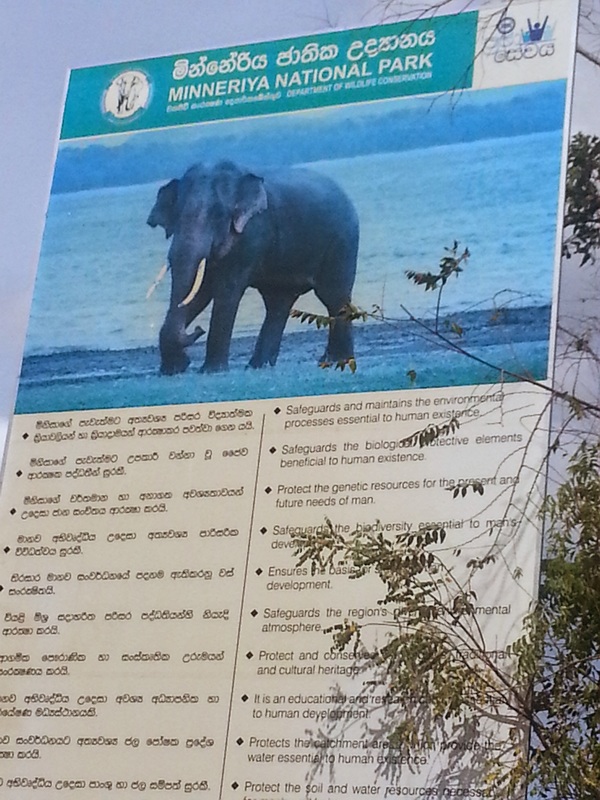
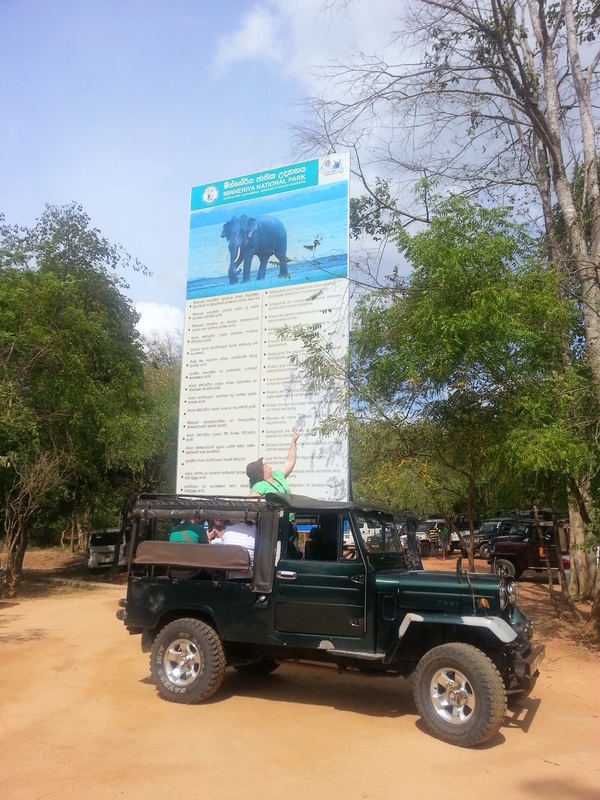
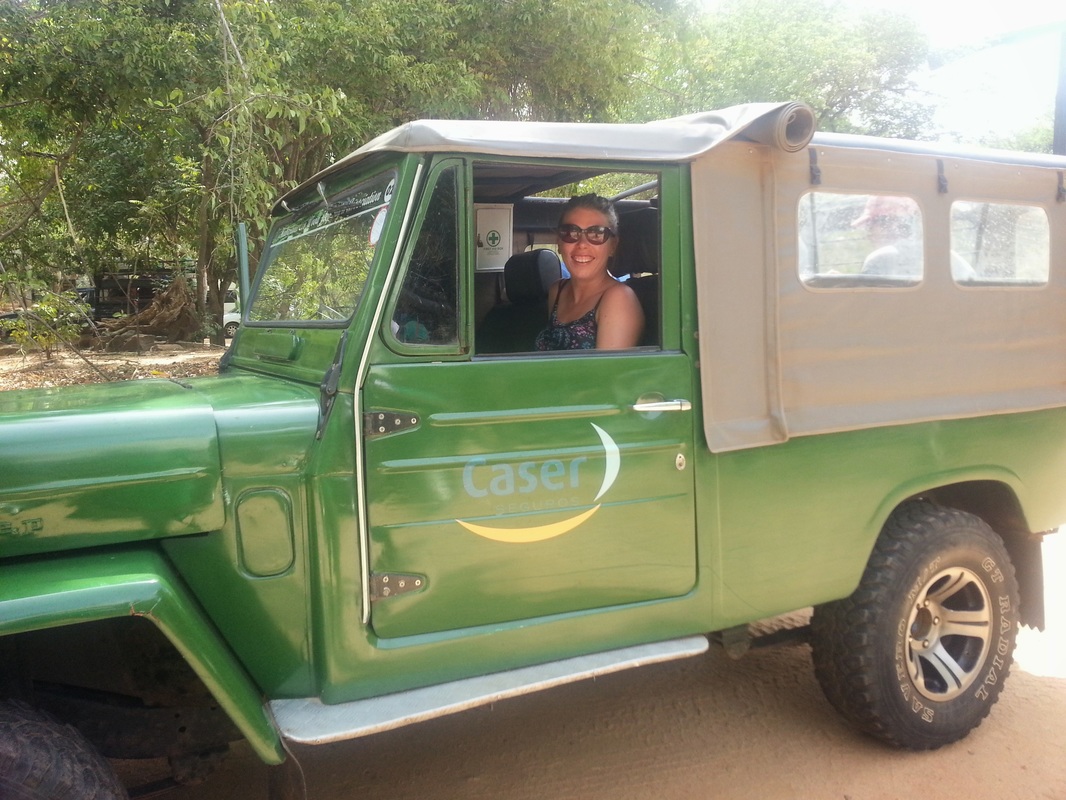
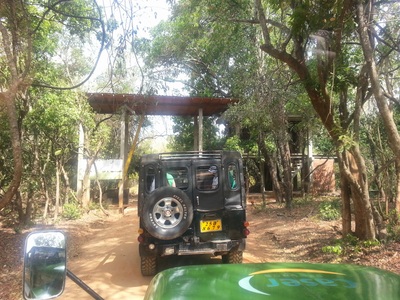
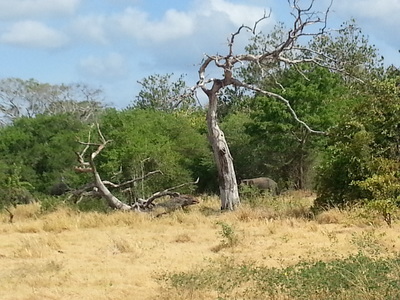
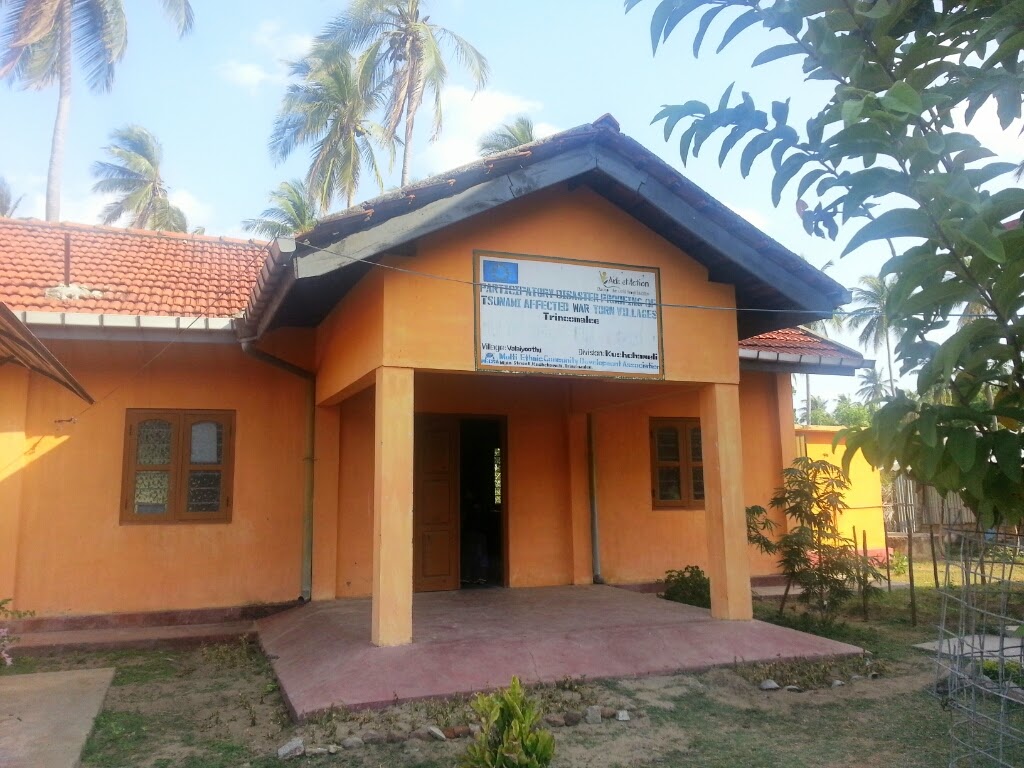
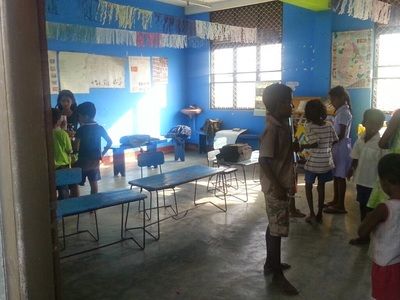
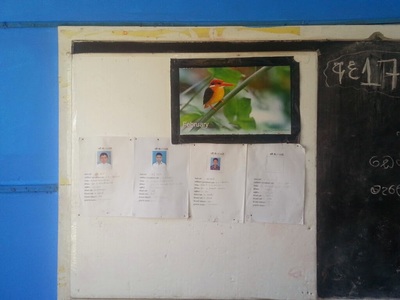
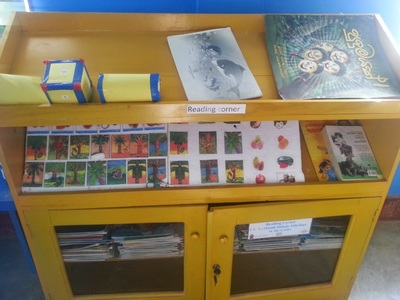
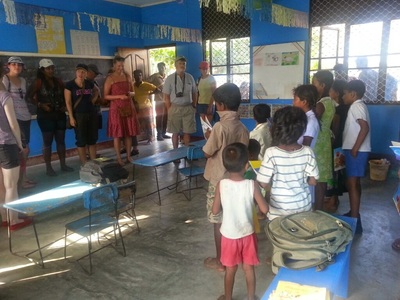
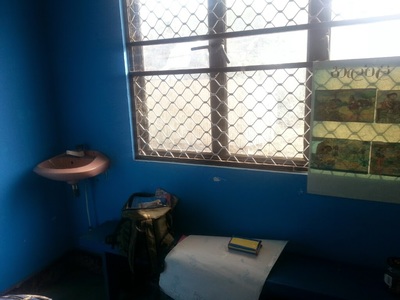
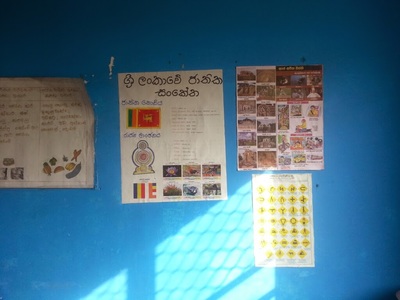
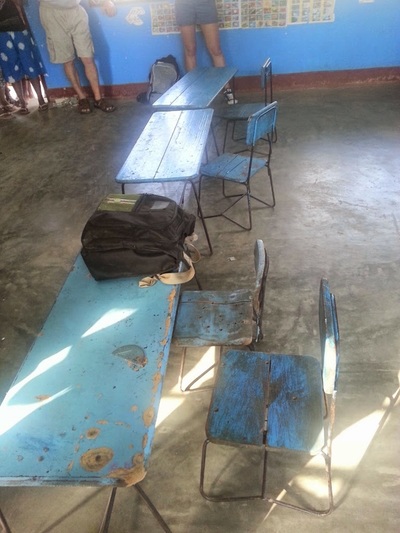
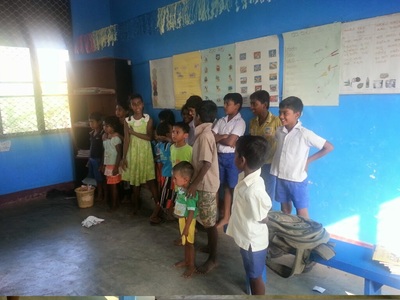
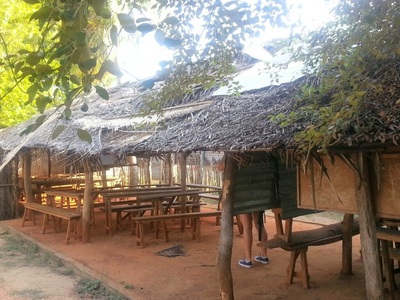
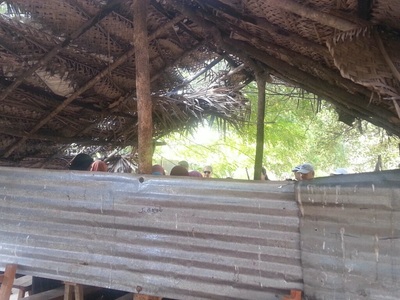
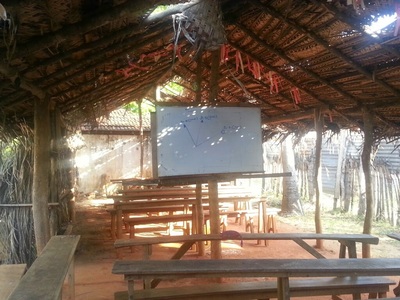
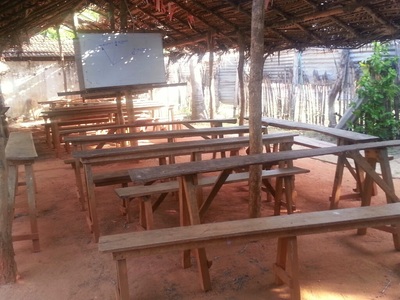
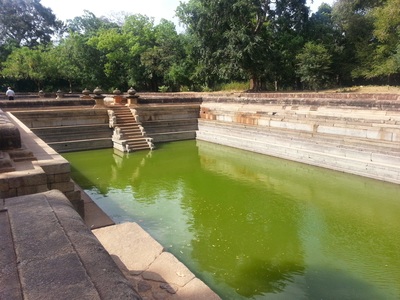
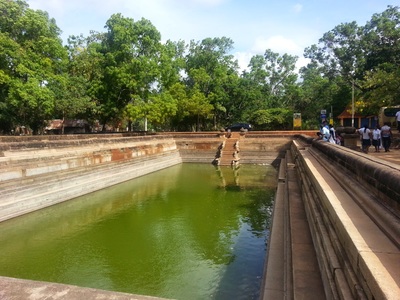
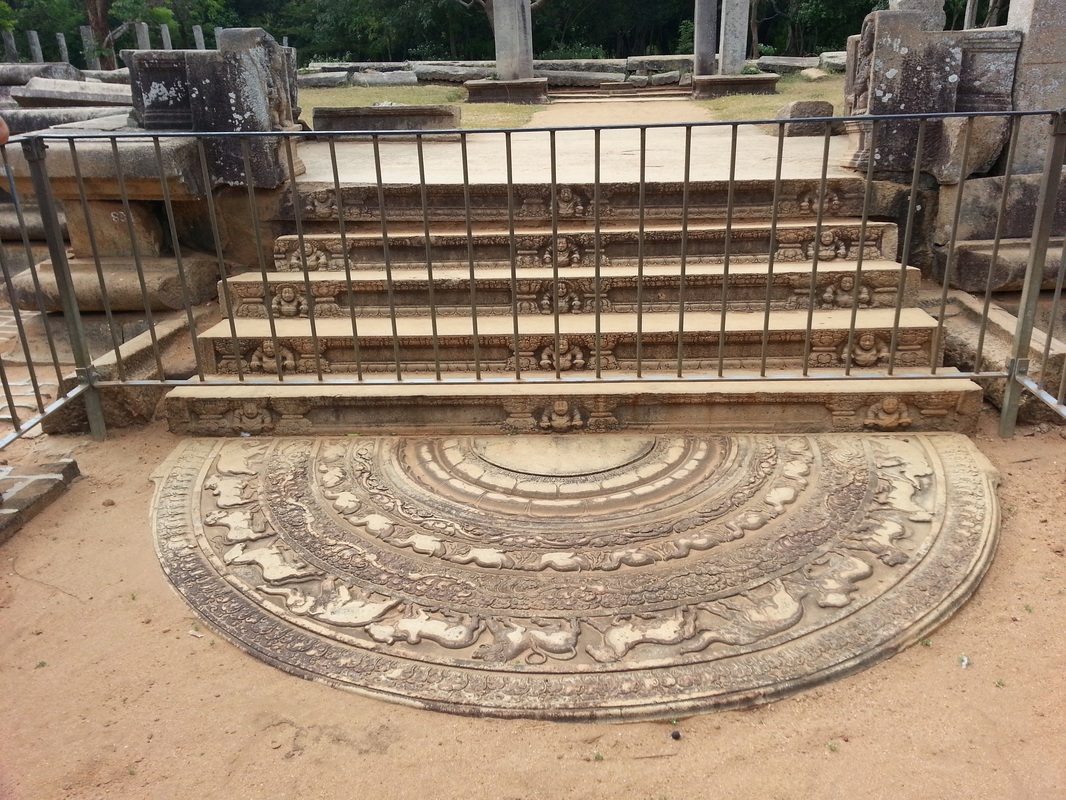
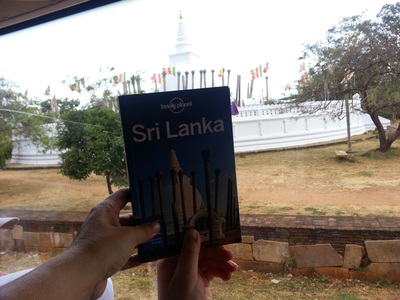
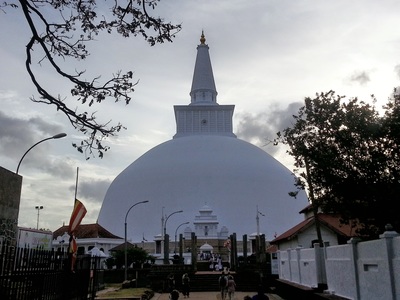
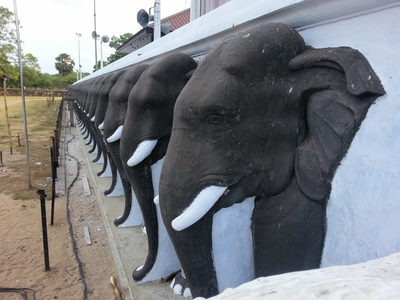
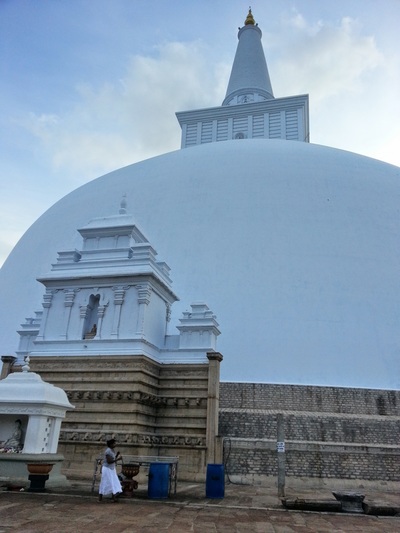
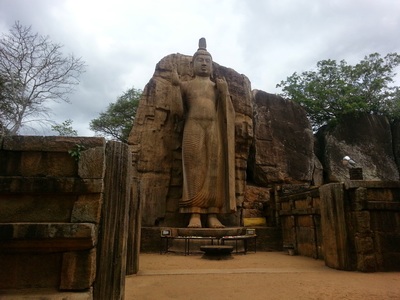
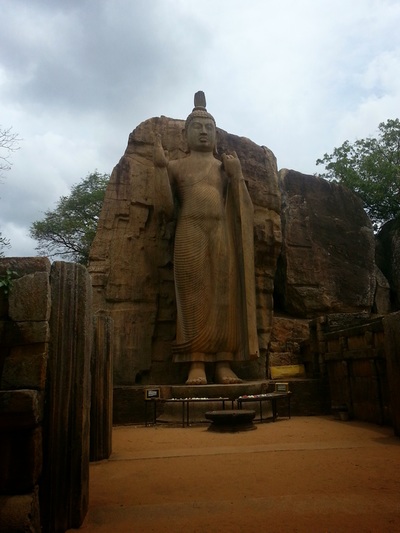
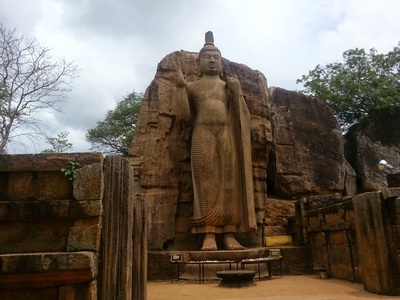
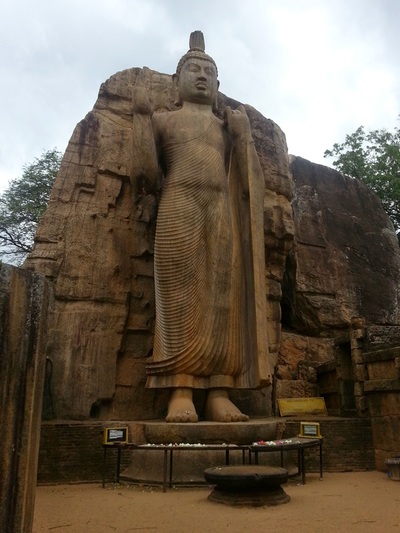
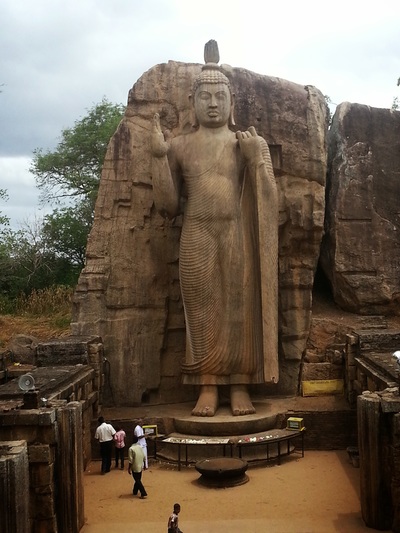
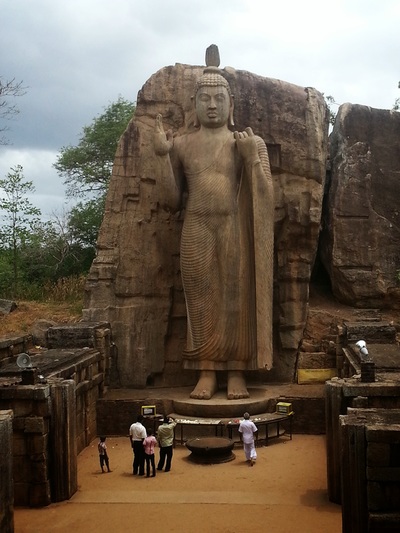
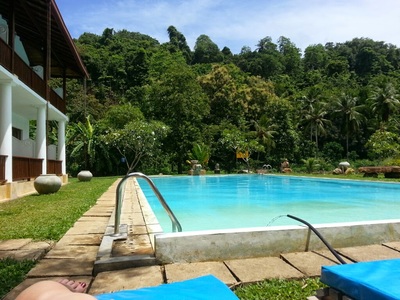
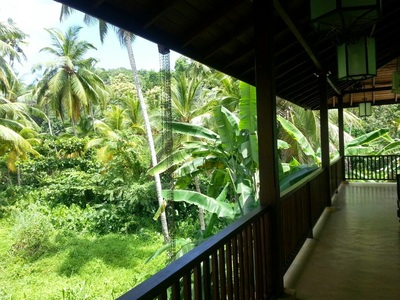

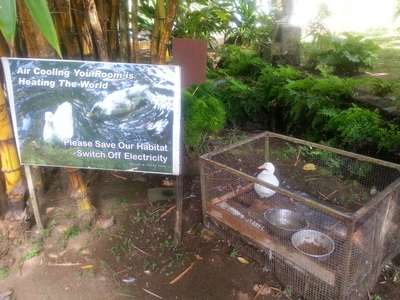
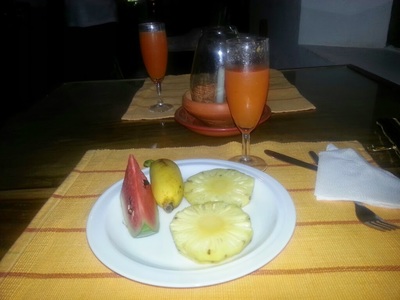
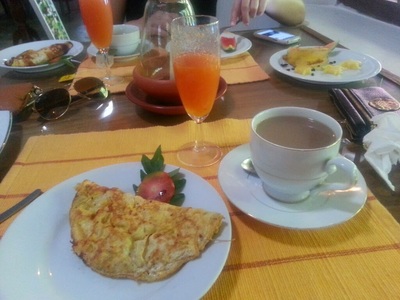
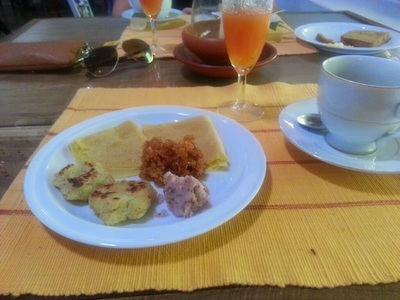
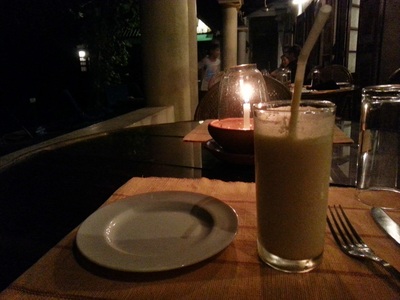
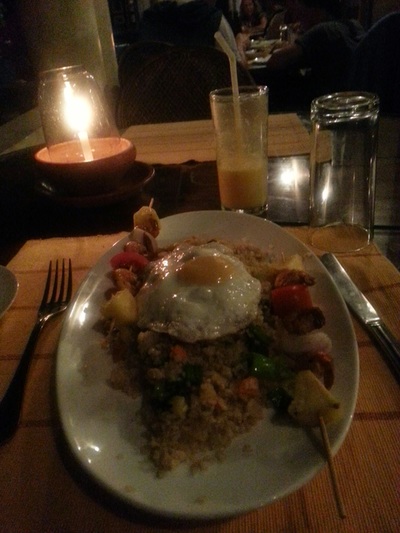
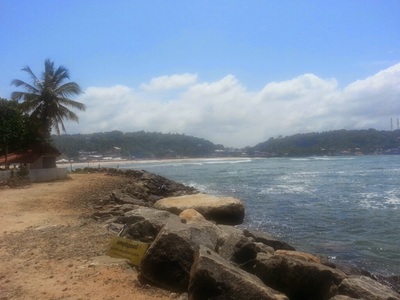
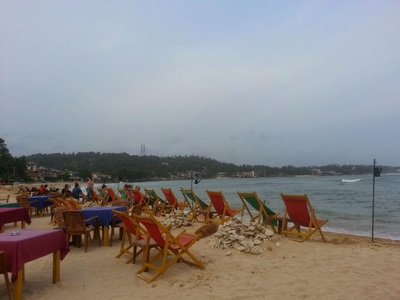
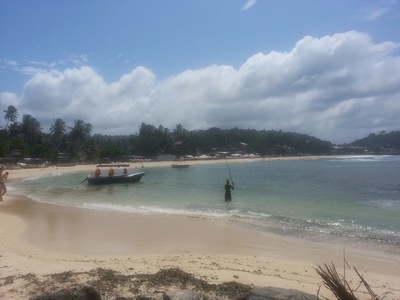
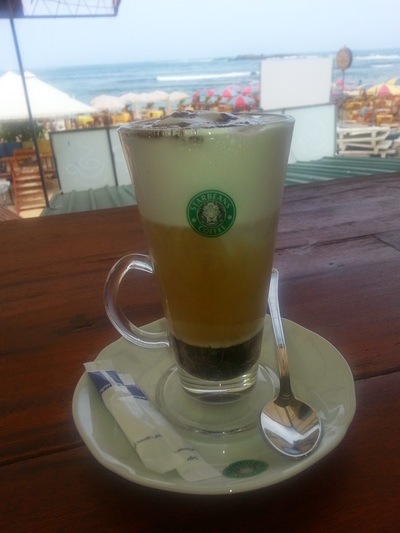
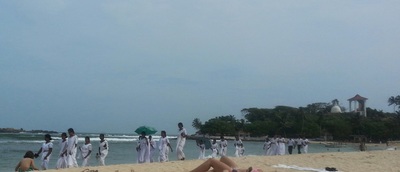

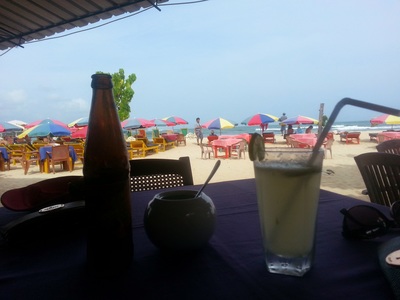
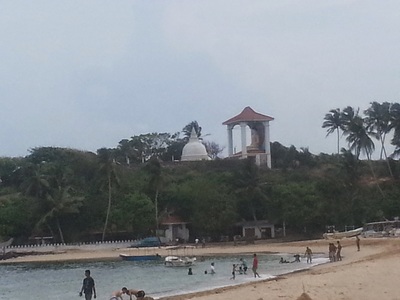
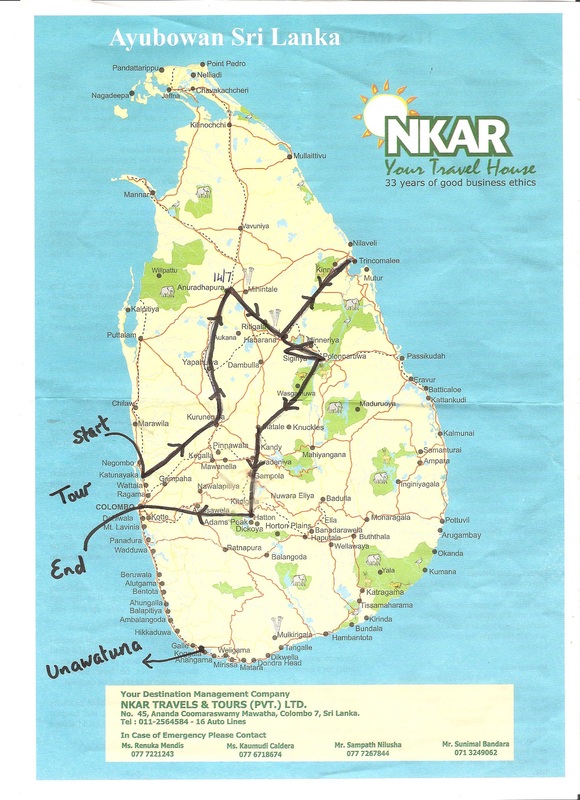
 RSS Feed
RSS Feed